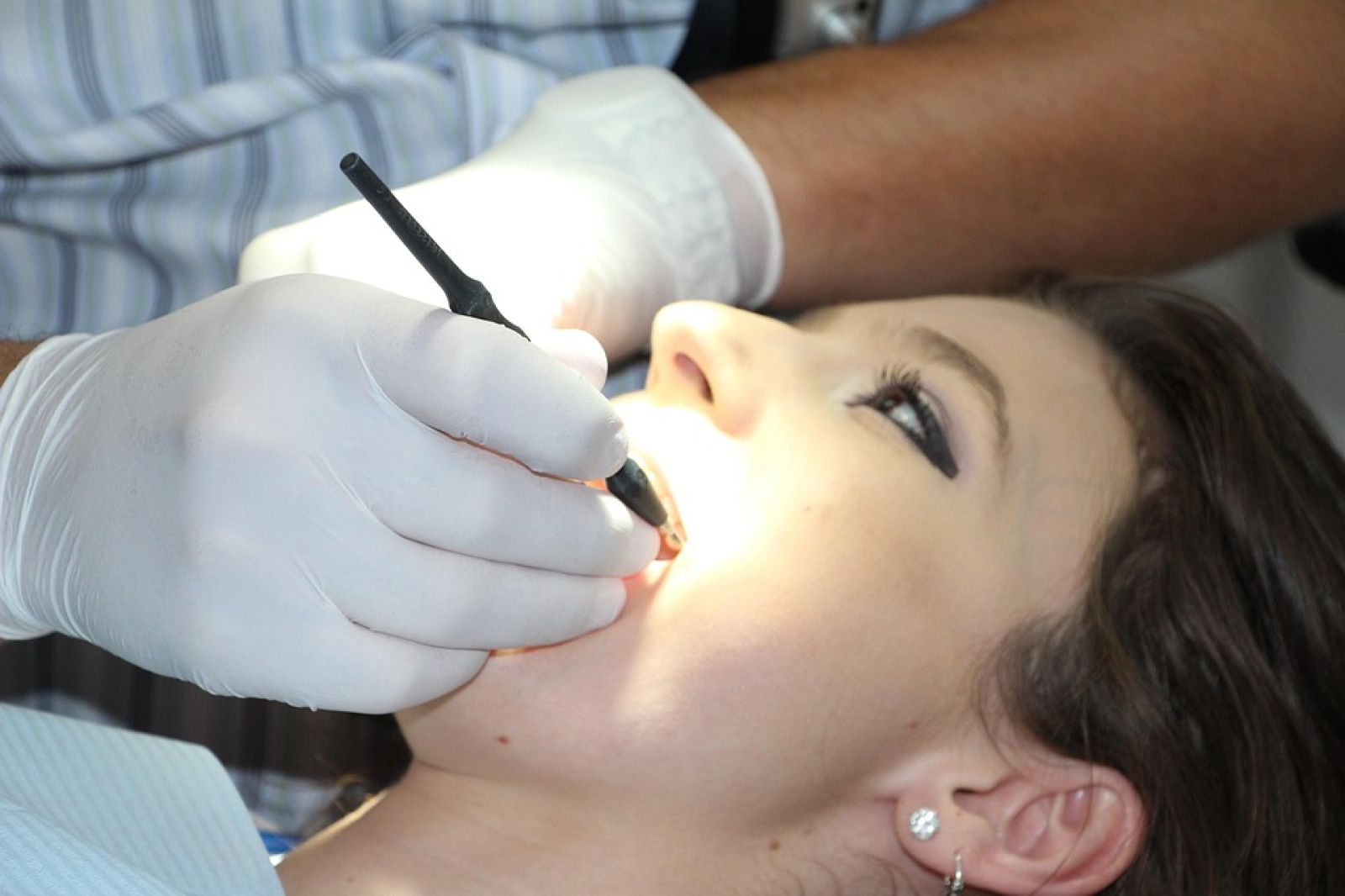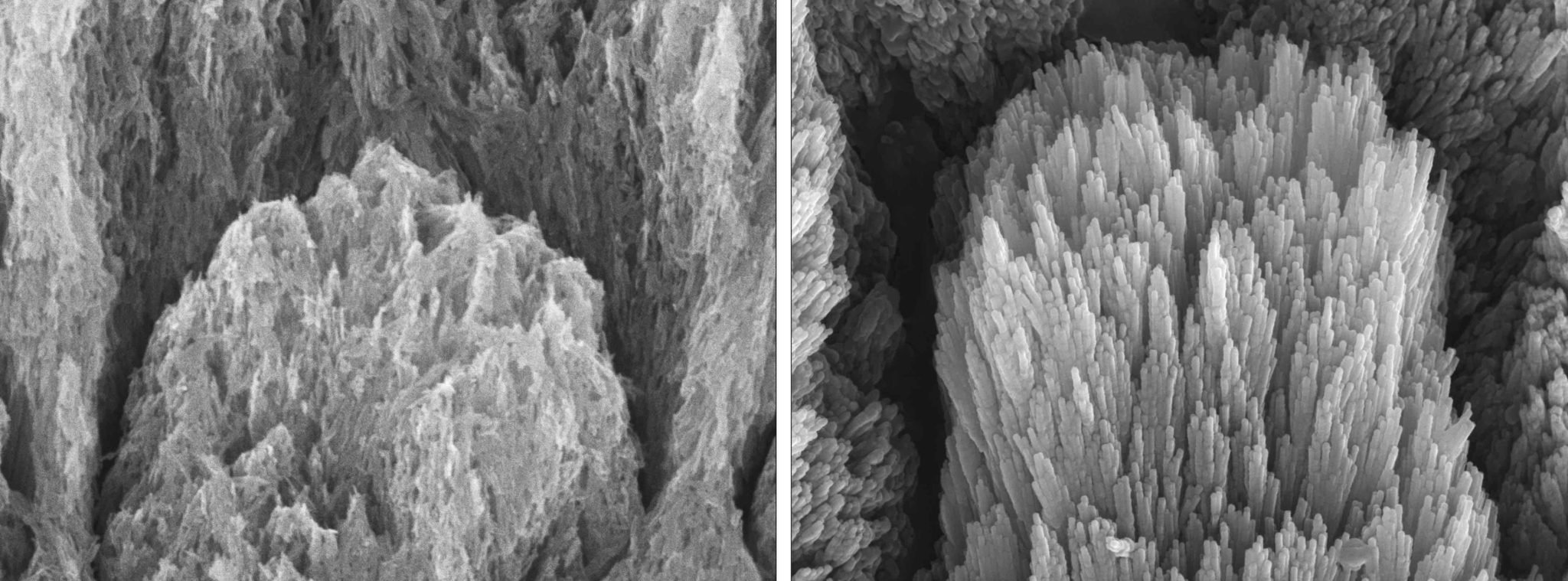🦷 End of cavities? A gel naturally regrows tooth enamel
Follow us on Google News (click on ☆)
The team from the University of Nottingham designed this innovative material by drawing inspiration from natural biological processes. This protein-based gel replicates the role of molecules that guide enamel formation during our development. Its quick application on teeth, similar to conventional fluoride treatments, enables the creation of a thin, resistant coating that penetrates the tooth surface to fill microcracks and imperfections while strengthening the existing structure.

Pixabay illustration image
The mechanism of action relies on a phenomenon called epitaxial mineralization. The gel serves as a structural scaffold that attracts calcium and phosphate ions present in saliva, thus orchestrating the organized growth of new mineral crystals. This controlled regeneration allows new materials to perfectly fuse with natural enamel, restoring both the structural integrity and mechanical strength of the tooth.
Potential applications go beyond simple repair of damaged enamel. The material can also be applied to exposed dentin, that sensitive layer located beneath the enamel. It then forms a protective barrier similar to enamel, offering promising solutions against dental hypersensitivity and improving the adhesion of dental restorations. This versatility opens up prospects for treating various oral health problems in patients of all ages.
Tests under realistic conditions have shown that the regenerated enamel possesses mechanical properties equivalent to those of healthy enamel. It perfectly withstands the stresses of brushing, chewing, and exposure to acidic foods. This technology, developed with a practical clinical vision, differs from current treatments like fluoride varnishes that only relieve symptoms without truly regenerating lost tissues.

Electron microscopy images showing eroded enamel crystals (left) and regenerated after treatment (right)
Credit: University of Nottingham
Dr. Abshar Hasan, lead author of the study, emphasizes that their material enables organized crystal growth that restores the architecture of natural enamel. Professor Alvaro Mata, who led the research, specifies that development continues through their startup Mintech-Bio, with the goal of commercializing a first product as early as next year, thus offering an accessible solution to preserve global dental health.
Tooth enamel: this barrier that doesn't regenerate
Enamel constitutes the outer layer of our teeth, composed of 96% minerals, mainly hydroxyapatite crystals. It's the hardest substance in the human body, designed to withstand chewing forces and protect the more sensitive inner layers.
Unlike other body tissues like skin or bones, mature enamel contains no living cells. Once formed during childhood and adolescence, it can no longer regenerate naturally. Ameloblasts, the cells responsible for its formation, disappear once their work is completed.
Progressive enamel erosion mainly results from the action of acids produced by oral bacteria and the chemical attack from acidic foods and drinks. This degradation exposes the underlying dentin, causing sensitivity, cavities, and potentially leading to more serious infections.
Conventional treatments are limited to strengthening remaining enamel or replacing it with artificial materials. True regeneration therefore represents a major advancement in dentistry, allowing restoration of the original structure rather than simply compensating for its failures.
Epitaxial mineralization: the art of growing crystals
Epitaxial mineralization refers to a process where new crystals form by precisely aligning themselves with the structure of an existing crystal. This natural phenomenon occurs when atoms organize themselves into a regular pattern that matches the geometry of the starting substrate.
In the dental field, this mechanism allows new minerals to perfectly integrate with existing enamel. The proteins in the gel act as molecular guides, orienting the growth of hydroxyapatite crystals in the correct crystallographic direction.
This process fundamentally differs from classical remineralizations where minerals deposit in a disorganized manner. Epitaxy ensures structural continuity between the old and new material, preserving the exceptional mechanical properties of natural enamel.
The innovation lies in the ability to artificially reproduce this biological process, creating ideal conditions for calcium and phosphate ions from saliva to assemble into a perfectly organized crystalline structure, identical to that of healthy enamel.